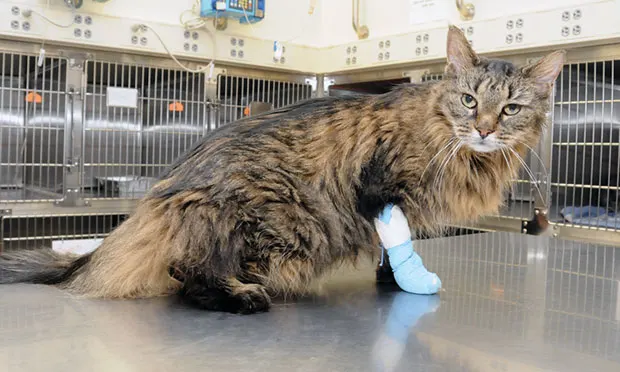Most feline owners may not realize that their beloved companions can develop hyperthyroidism, a common endocrine disorder in cats. In this informative piece, you will examine into the intricate workings of your cat’s thyroid gland, the symptoms of hyperthyroidism to watch out for, and effective management strategies to ensure your feline friend stays healthy and happy.
Key Takeaways:
- Feline Hyperthyroidism:
- Is a common endocrine disorder in older cats caused by an overactive thyroid gland.
- Can lead to symptoms such as weight loss, increased appetite, and restlessness.
- Diagnosis and Treatment:
- Diagnosis usually involves blood tests to measure thyroid hormone levels.
- Treatment options include medication, surgery, or radioactive iodine therapy.
- Monitoring and Management:
- Regular monitoring of thyroid hormone levels is important to ensure treatment effectiveness.
- Managing feline hyperthyroidism may involve a combination of medication, special diet, and environmental modifications.
What is Feline Hyperthyroidism
For felines, hyperthyroidism is a common endocrine disorder that affects the thyroid gland, leading to an overproduction of thyroid hormones. This hormonal imbalance can result in various symptoms and health concerns for your furry friend.
Definition and Causes
Causes: Feline hyperthyroidism is primarily caused by the development of benign tumors, known as adenomas or less commonly, malignant thyroid gland tumors. These growths stimulate the thyroid gland to produce excess amounts of thyroid hormones, specifically thyroxine (T4) and triiodothyronine (T3).
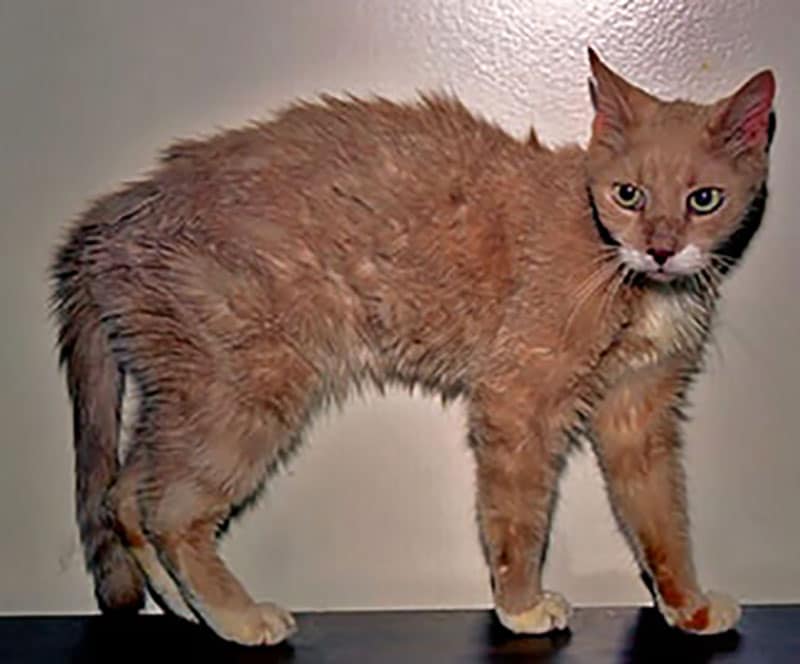
Prevalence and Risk Factors
Definition: Feline hyperthyroidism is most commonly diagnosed in older cats, typically aged 10 years or older. The condition is more prevalent in kitties with certain risk factors like a diet high in canned or semi-moist food, exposure to flame retardants, and indoor lifestyle.
- Your cat’s age is a significant factor in the likelihood of developing hyperthyroidism.
- Cats exposed to environmental pollutants may have a higher risk of developing the condition.
Feline hyperthyroidism: If not managed promptly, this condition can lead to secondary health issues such as heart problems, high blood pressure, and kidney damage. Therefore, early detection and proper treatment are crucial in ensuring your cat’s well-being.
Signs and Symptoms
Common Clinical Signs
Signs of feline hyperthyroidism can vary from cat to cat, but some common clinical signs to look out for include weight loss despite a good appetite, increased thirst and urination, vomiting, diarrhea, and unkempt fur. If you notice any of these signs in your feline friend, it’s vital to consult your veterinarian for further evaluation.
Behavioral Changes
An important aspect of feline hyperthyroidism is the behavioral changes that can occur in affected cats. You may observe increased restlessness, irritability, and excessive vocalization. Additionally, some cats may exhibit aggression or become more anxious than usual.
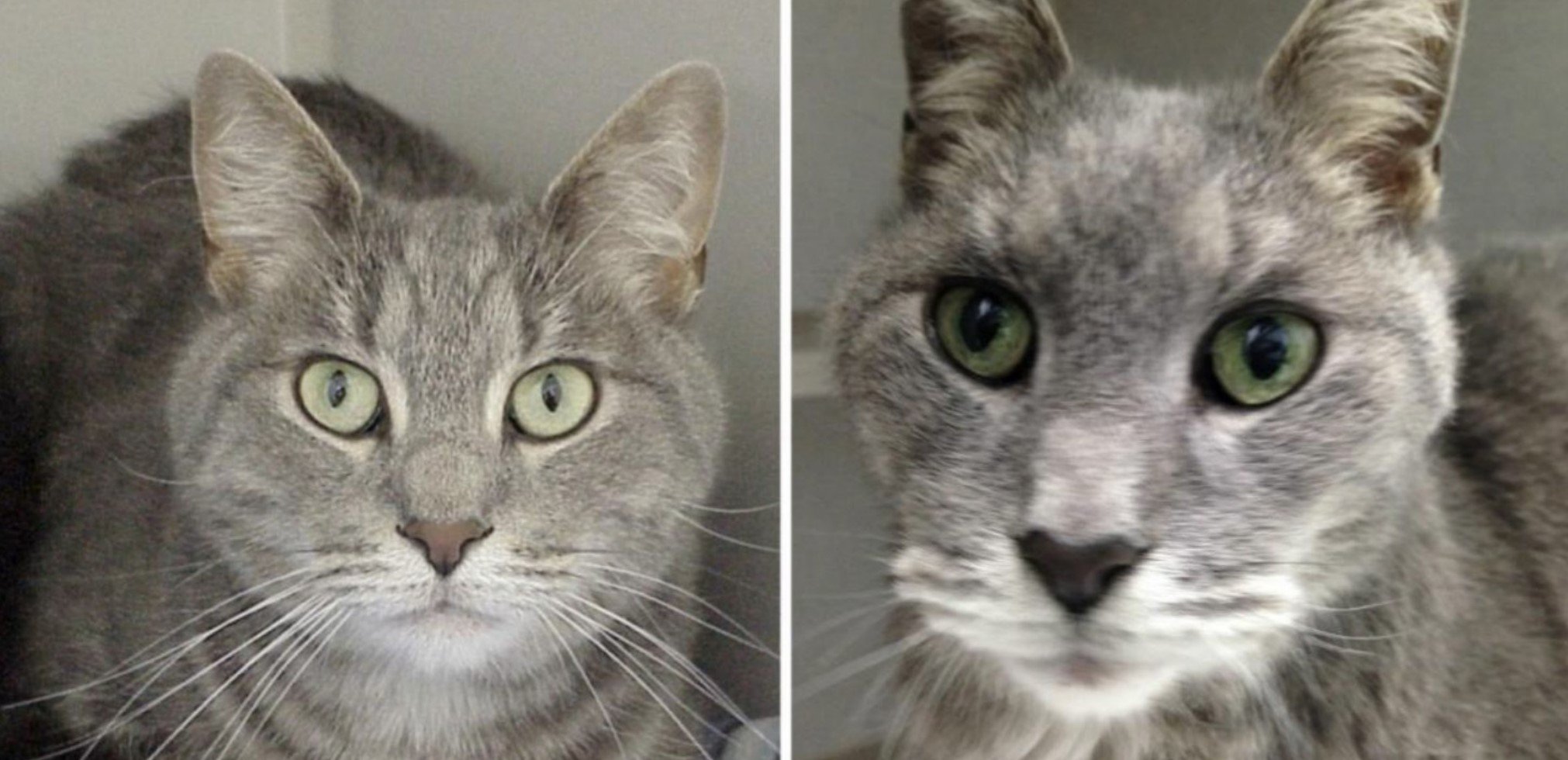
The behavioral changes in a cat with hyperthyroidism can be challenging to manage, but with the help of your veterinarian, adjustments can be made to improve your cat’s quality of life and minimize stress.
Physical Examination Findings
During a physical examination, your veterinarian may notice palpable enlargement of the thyroid glands in your cat’s neck. They may also observe an increased heart rate and elevated blood pressure. Additionally, other findings such as muscle wasting, dehydration, and a rapid pulse may indicate hyperthyroidism in your feline companion.
For a definitive diagnosis, your veterinarian may recommend further tests such as bloodwork and possibly an ultrasound of the thyroid gland to confirm the presence of hyperthyroidism and rule out other potential causes for your cat’s symptoms.
Diagnosis and Testing
Once again, the key to managing feline hyperthyroidism lies in accurate diagnosis and testing. Your veterinarian will employ various methods to confirm the condition and determine the appropriate treatment plan for your feline companion.
Blood Tests and Thyroid Function
One of the primary ways to diagnose hyperthyroidism in cats is by measuring the level of thyroid hormones in the blood. Your vet will perform a blood test to assess the concentration of thyroid hormones (T4) in your cat’s bloodstream. Elevated levels of T4 typically indicate an overactive thyroid.
Imaging Studies and Scans
An imaging study, such as an ultrasound or scintigraphy scan, may be recommended to visualize the thyroid gland and assess its size and any abnormal growths. These scans can help your veterinarian identify the presence of thyroid nodules or tumors, which may be contributing to the hyperthyroidism.
A scintigraphy scan, also known as a thyroid scan, involves injecting a small amount of radioactive material into the cat’s body. The thyroid gland absorbs this material, allowing for detailed imaging of the gland’s structure and function.
Differential Diagnosis
Studies have shown that hyperthyroidism in cats can sometimes be mistaken for other conditions with similar symptoms, such as chronic kidney disease or inflammatory bowel disease. Your vet may need to rule out these alternate diagnoses through additional testing to ensure an accurate assessment of your cat’s health.
This thorough evaluation process is crucial for determining the most effective treatment plan for your feline friend and managing their hyperthyroidism effectively.
Treatment Options
Medication and Hormone Regulation
Not all cases of feline hyperthyroidism require surgery or radioactive iodine therapy. For many cats, medication can effectively manage the condition. Your veterinarian may prescribe oral medication that helps regulate your cat’s thyroid hormone levels. It’s necessary to follow the prescribed dosage and schedule meticulously to ensure the medication’s effectiveness.
Radioactive Iodine Therapy
One effective treatment for feline hyperthyroidism is radioactive iodine therapy. This therapy involves a single injection of radioactive iodine, which specifically targets and destroys the abnormal thyroid tissue while leaving the healthy thyroid tissue unharmed. The treatment is safe and generally well-tolerated by cats.
Another advantage of radioactive iodine therapy is that it usually results in a permanent cure for feline hyperthyroidism. After the treatment, most cats do not require ongoing medication or further interventions to manage their condition. However, as with any medical procedure, there are potential risks and considerations, so it’s necessary to discuss this treatment option thoroughly with your veterinarian.
Surgical Intervention
Medication may not be effective or suitable for all cats with feline hyperthyroidism. In cases where medication and radioactive iodine therapy are not viable options, surgical intervention may be recommended. During surgery, the abnormal thyroid tissue is removed, which can help regulate your cat’s thyroid hormone levels and alleviate the symptoms of hyperthyroidism.
Understanding the treatment options available for feline hyperthyroidism is crucial in managing your cat’s health effectively. Your veterinarian will help you determine the most suitable treatment based on your cat’s condition, overall health, and individual needs.
Managing the Condition
Many aspects go into managing feline hyperthyroidism effectively. From dietary changes and nutrition to lifestyle adjustments and regular monitoring, there are several steps you can take to help your feline companion lead a healthy life despite this condition.
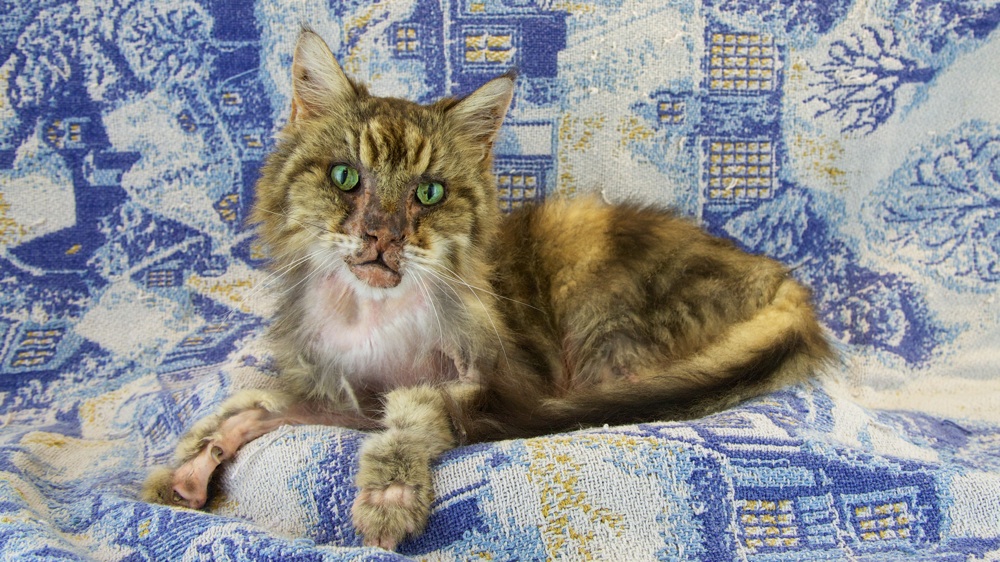
Dietary Changes and Nutrition
One crucial aspect of managing feline hyperthyroidism is making dietary changes to support your cat’s health. Your veterinarian may recommend a special diet that is low in iodine, which can help regulate your cat’s thyroid levels. It’s imperative to follow your vet’s recommendations on feeding your cat to ensure they are getting the right nutrients without exacerbating their condition.
Lifestyle Adjustments and Stress Reduction
Nutrition plays a vital role in managing feline hyperthyroidism, but so do lifestyle adjustments and stress reduction. Cats can be sensitive to changes in their environment, so creating a calm and stress-free space for your pet is crucial. Providing plenty of enrichment through toys, scratching posts, and quiet spaces can help reduce your cat’s stress levels and improve their overall well-being.
Another imperative aspect of managing your cat’s hyperthyroidism is regular monitoring and follow-up care. Your veterinarian may recommend periodic blood tests to check your cat’s thyroid levels and adjust their treatment plan accordingly. Monitoring your cat’s condition closely can help catch any changes early on and ensure they are receiving the best possible care.
Monitoring and Follow-up Care
Condition monitoring and follow-up care are crucial in managing feline hyperthyroidism. Regular veterinary check-ups and blood tests can help your veterinarian track your cat’s progress and make any necessary adjustments to their treatment plan. By staying proactive and vigilant in monitoring your cat’s condition, you can help them live a long and healthy life despite their hyperthyroidism.
Complications and Prognosis
Despite advances in the understanding and management of feline hyperthyroidism, this condition can still lead to various complications that may affect your feline companion’s health and well-being. It’s important to be aware of these potential issues and the prognosis associated with them.
Short-term and Long-term Effects
Short-term effects of hyperthyroidism in cats can include symptoms such as weight loss, increased appetite, hyperactivity, and potential cardiac complications. If left untreated, the condition can progress to more severe issues such as heart disease, high blood pressure, and kidney problems. Long-term effects of untreated hyperthyroidism can significantly impact your cat’s overall health and quality of life.
Quality of Life and Life Expectancy
Effects of hyperthyroidism on your cat’s quality of life can be profound. The constant state of hyperactivity and metabolism imbalance can lead to stress and discomfort for your feline friend. With proper management and treatment, including medication, diet, and potential surgery or radioactive iodine therapy, you can help improve your cat’s quality of life. Monitoring your cat’s condition regularly and working closely with your veterinarian can help extend your cat’s life expectancy and ensure they live a comfortable and fulfilling life.
Final Words
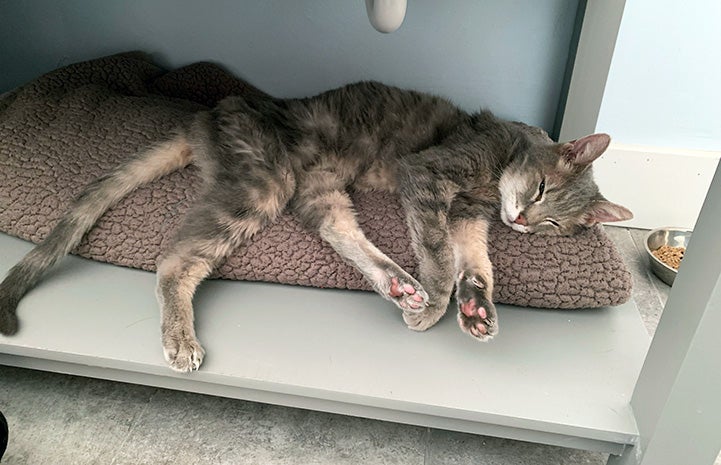
The journey of understanding and managing feline hyperthyroidism has provided you with valuable insights into this common health issue affecting our feline companions. By learning about the signs, causes, diagnosis, and treatment options, you are better equipped to help your furry friend lead a healthier and happier life. Recall, early detection and proper management are key in successfully treating this condition. Your dedication and care for your cat will undoubtedly make a difference in their well-being.
FAQ
Q: What are the common symptoms of feline hyperthyroidism?
A: Common symptoms of feline hyperthyroidism include weight loss, increased appetite, excessive thirst, frequent urination, restlessness, vomiting, diarrhea, and unkempt coat.
Q: How is feline hyperthyroidism diagnosed?
A: Feline hyperthyroidism is typically diagnosed through blood tests that measure the levels of thyroid hormones in the cat’s bloodstream. Additional tests, such as a thyroid ultrasound or scintigraphy, may also be performed to confirm the diagnosis.
Q: What are the treatment options for feline hyperthyroidism?
A: Treatment options for feline hyperthyroidism include medication, radioactive iodine therapy, and surgery. Medication is often the first line of treatment and helps to manage the condition by regulating the thyroid hormone levels. Radioactive iodine therapy is a permanent cure for hyperthyroidism and is often recommended for cats who are otherwise healthy. Surgery involves the removal of the thyroid gland and is usually reserved for cases where other treatments are not an option.


